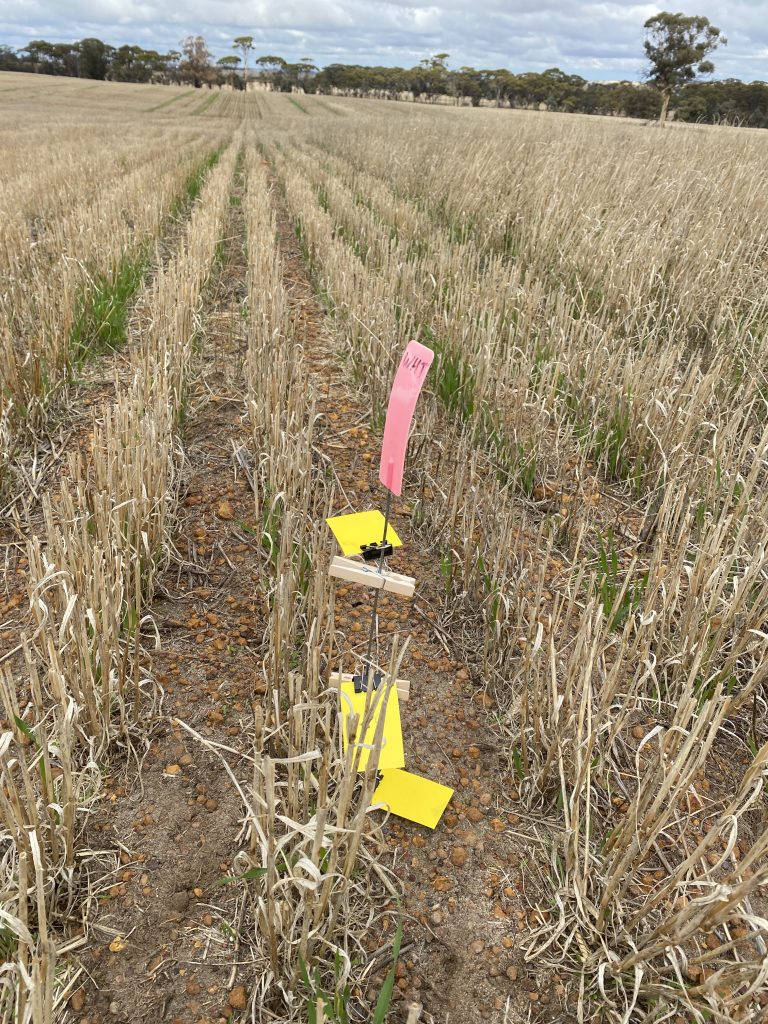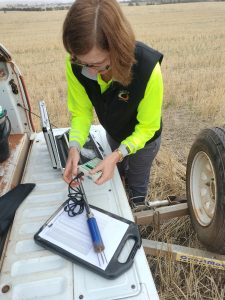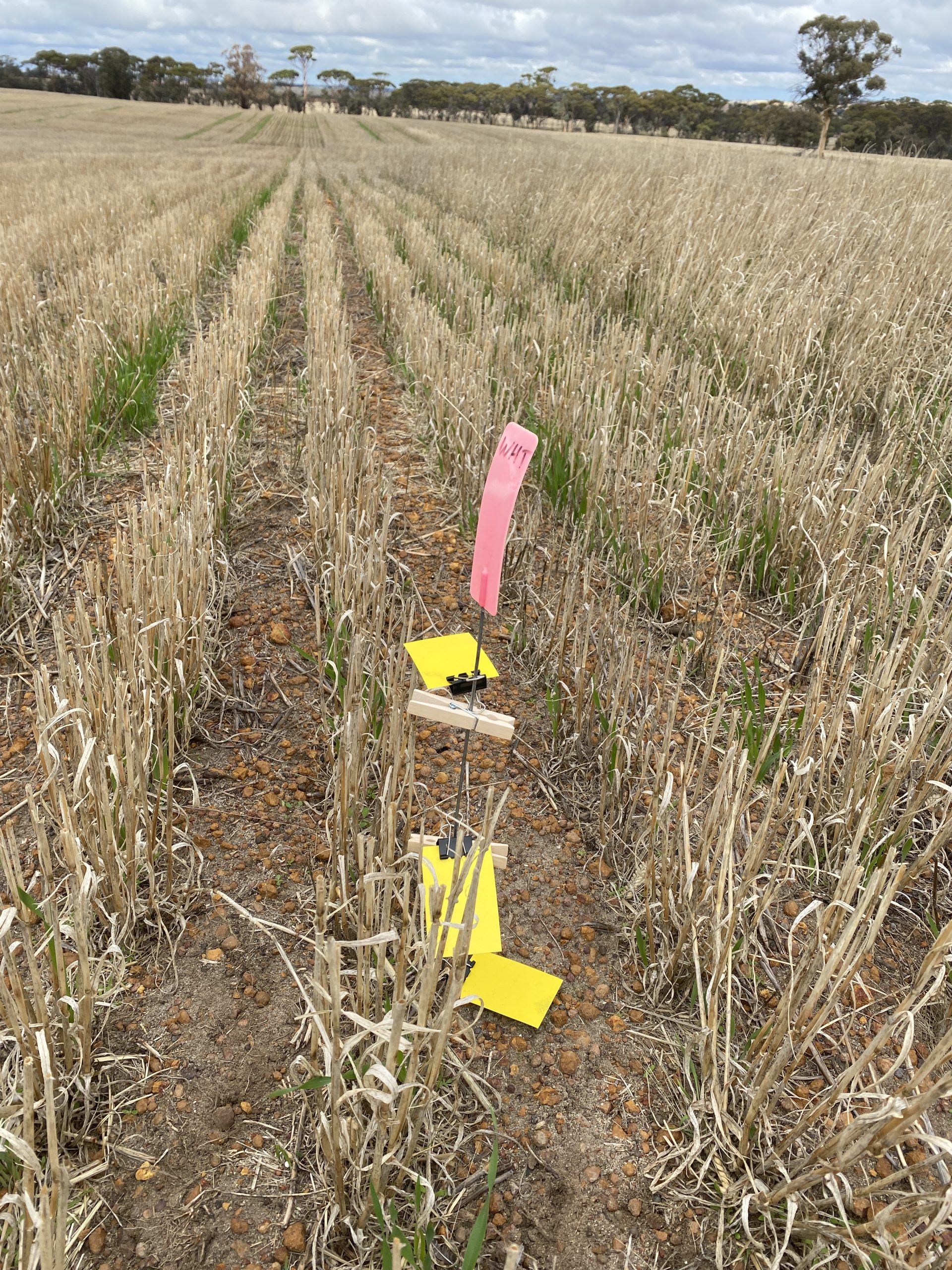
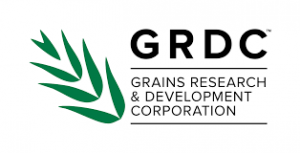

Impact of Stubble Height on Cropping Systems
Key Messages:
- This project is evaluating the ‘Stripper and Disc’ seeding and harvest combination (high residue systems) and how it fits within the local landscape compared to the commonly used draper and tyne seeding and harvest system.
- Growers are looking to understand the benefits for water use efficiency, soil structure, wind erosion, and yield.
- Risks of such systems will also be evaluated and include reduced spray efficacy, disease carryover, hair pinning of stubble at seeding, herbicide tie up, and fire risk.
Summary:
Facey Group established a host farmer site after harvest in 2021 with three treatment types randomised throughout the paddock.
- Stripper front and disc seeder, with a chop and spread stubble treatment.
- Draper front and tyne seeder, with windrow and bale stubble treatment.
- Draper front and tyne seeder, with a chop and spread stubble treatment.
The paddock was sown to Commodus Barley in 2022 for the first full year of this project. Soil moisture and nutrients were monitored before seeding and after harvest. Small improvements in the higher residue system were observed with higher moisture in the topsoil and subsoil going into seeding and at harvest time in the stripper and disc system.
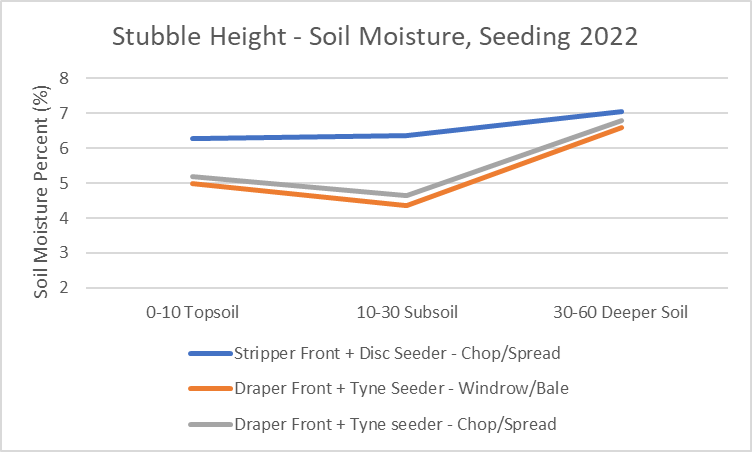

The host farmer mentioned the crop was impacted by herbicide damage due to a large rain event post-sowing, pre-emergence. The tyne treatment were observed to be less affected than the disc treatment and the plants had better early vigour. There was areas of opportunistic Rhizoctonia damage and poor weed competition against ryegrass across the entire trial. The harvester and handcut yields were significantly higher in the Draper treatments compared to the Stripper front treatment. The Draper front and Tyne seeder had similar yields irrespective of the treatment of the stubble.
Treatment Type | Harvester Yield (t/ha) |
Stripper front + Disc seeder- Chop/Spread | 3.178a |
Draper front + Tyne seeder- Windrow/Bale | 4.106b |
Draper front + Tyne seeder- Chop/Spread | 4.106b |
P-Value | 0.049 |
Means followed by the same letter do not significantly differ.
The host farmer also observed that other barley crops sown earlier on the property with both discs and tyne seeding systems germinated before the rain event and had higher paddock yield ranging from 3.5-4.5/ha
This season the paddock is being sown to canola. The pre-seeding soil sampling has been completed and, once again, the topsoil in the higher residue system retained more moisture. Data from the 2022 season is being statistically analysed through our project lead, Liebe Group, with the support of GRDC.
Link
Facey Group 2022 Trial’s Report will be published soon. To receive a copy and other exclusive member benefits please support us by becoming a member. Click HERE for more information.
This formed part of a larger project with Liebe Group. Click the link below to read more. https://www.liebegroup.org.au/stubbleheight
Acknowledgement
Facey Group would like to thank the GRDC for investing in this project.
FURTHER INFORMATION:
Project Start Date: October 2021
Project End Date: February 2025
Project Funding: GDRC
Project Collaborators: Liebe Group
Host Farmers:
- Daniel and Danelle Bird, Windorah Farms
